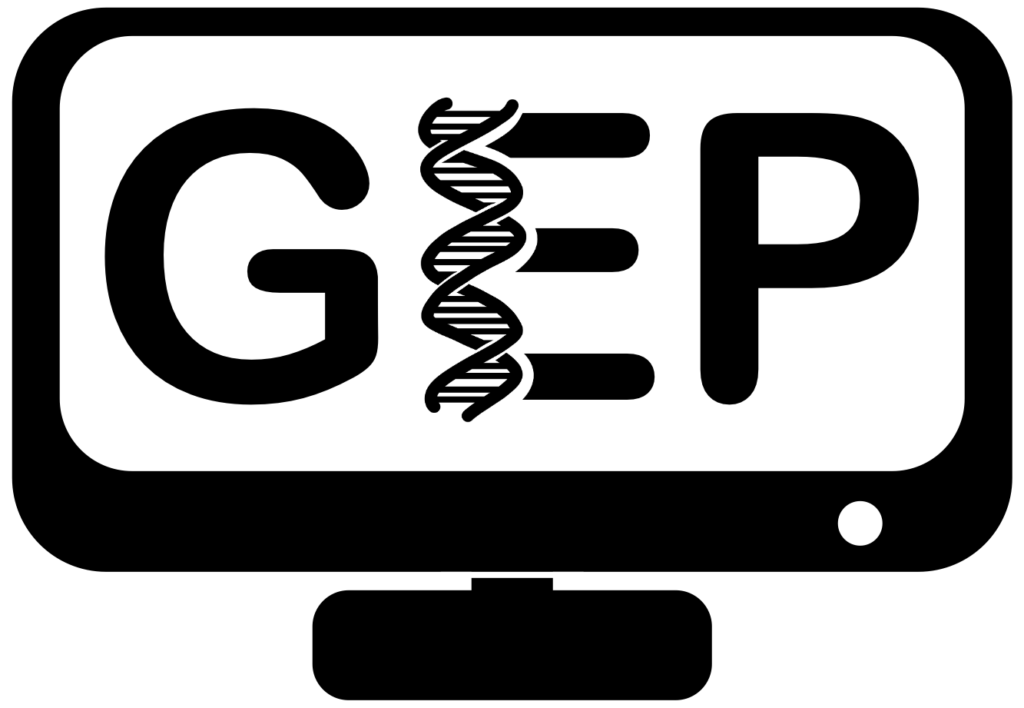Home » Gene Annotation »
Gene Annotation
TSS Module Primer: Review of Transcription, Promoter Structure, and Chromatin Packaging
This primer includes some biological concepts that may be helpful to review prior to working with the four TSS Modules, including: a brief review of gene transcription, mRNA processing, promoter structure, and chromatin.
Glossary for Understanding Eukaryotic Genes
This glossary defines the key terms that are used in the Understanding Eukaryotic Genes modules.
Gene Finding in Chimpanzee
A step-by-step tutorial that takes the student through a gene identification problem in a chimpanzee BAC sequence using predictions from a gene finder (Genscan), the UCSC Browser and BLAST.
